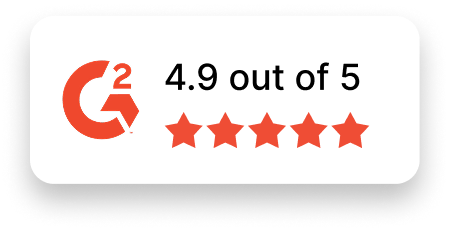Database Administrator (DBA) Job Description Template
Use this template to craft job descriptions for hiring Database Administrators (DBAs) at various levels. Customize it to suit the specific needs of your organization.
Job Title: Database Administrator (DBA)
Location: [Specify Location or Remote]
Job Type: [Full-time/Part-time/Contract]
About the Role
We are seeking a skilled Database Administrator (DBA) to manage and maintain our organization’s database systems, ensuring security, performance, and reliability. This role involves overseeing the storage, organization, and access of data while implementing best practices for database operations. You will collaborate with cross-functional teams to support business objectives by ensuring seamless database functionality.
If you have a passion for data integrity, optimization, and security, we would love for you to join our team.
Responsibilities
- Install, configure, and maintain database systems, ensuring optimal performance and uptime.
- Monitor database performance, implement tuning, and perform upgrades as needed.
- Ensure data security and implement backup & recovery procedures to safeguard information.
- Manage database access permissions, ensuring compliance with security protocols.
- Troubleshoot and resolve database-related issues in a timely manner.
- Design and implement efficient database structures aligned with application requirements.
- Perform data migrations and transformations as needed for application development and integration.
- Develop and document standards, policies, and procedures for database management.
- Collaborate with development teams to optimize database queries and overall system performance.
- Stay current with emerging database technologies and industry best practices.
Required Skills & Experience
- Bachelor’s degree in Computer Science, Information Technology, or a related field (or equivalent experience).
- Proven experience as a Database Administrator or a similar role managing relational and non-relational databases.
- Proficiency in database management systems such as Microsoft SQL Server, Oracle, MySQL, or PostgreSQL.
- Experience with cloud-based database platforms like AWS RDS, Google Cloud SQL, or Azure SQL Database.
- Skilled in writing and optimizing complex SQL queries.
- Strong understanding of database security, backup processes, and disaster recovery solutions.
- Familiarity with database design, performance tuning, and indexing strategies.
- Knowledge of scripting or programming languages like Python, Shell scripting, or similar is a plus.
- Excellent analytical and troubleshooting skills to diagnose and resolve database issues.
- Effective communication and collaboration skills for working with diverse teams.
Why Join Us?
- Key Contributions: Play a critical role in ensuring the company’s data systems are secure, efficient, and reliable.
- Growth Opportunities: Expand your expertise in emerging database and cloud technologies while growing in your career.
- Work-Life Balance: Enjoy flexible work arrangements tailored to your needs.
- Team Collaboration: Be part of a supportive team that values innovation, cooperation, and knowledge sharing.
- Inclusive Workplace: Join an organization that celebrates diversity, values inclusivity, and fosters a sense of belonging for everyone.
Apply Now
Are you ready to ensure the stability, efficiency, and security of our critical data systems? Join [Your Company Name] as a Database Administrator and play a vital role in our success. Apply today!

